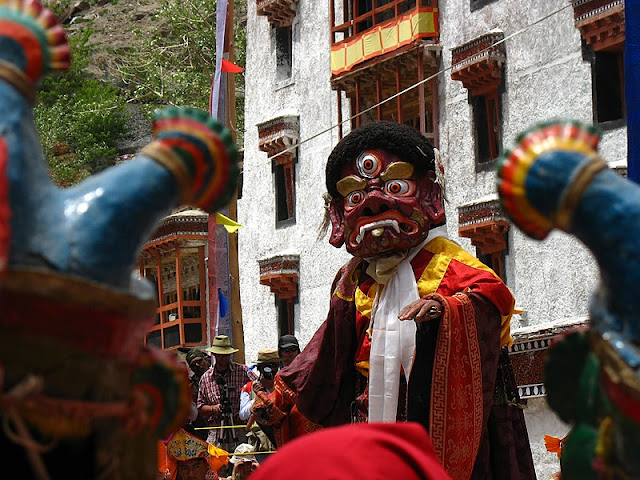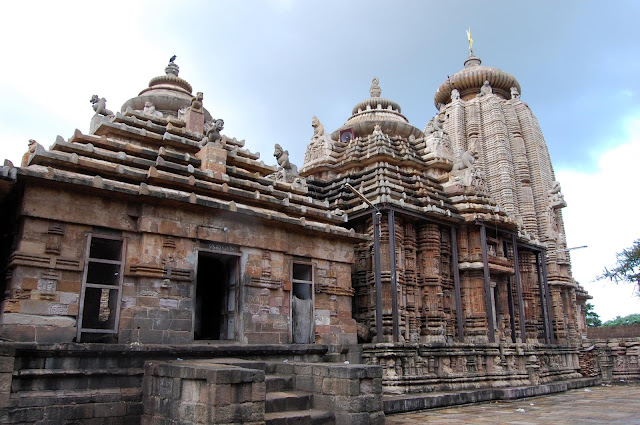Vaishali, Buddhist Pilgrimage Destination

Vaishali in Bihar attracts pilgrims who come here for a brush with divine. The Buddha passed through Vaishali on his last journey and spent the last rainy season (Vassa) of life here. Vaishali played host to the Second Buddhist Council which was held 100 years after Buddha’s death. It was at this council that Buddhism was divided into Sthaviravadins and Mahasanghikas. During Buddha’s time Vaishali was the capital of the tribal confederation of Vijjis. One of the six chief cities of India at that period, Vaishali was annexed by Magadhan ruler Ajatashatru, son of Bimbisara . Its prosperity has been vividly described in Lalitavistara, one of the earliest texts on Mahayana Buddhism. Hailed as the world's first republic, Vaishali is also known for its association with Ambapali , the beautiful courtesan, who is famous in the Buddhist legend. Her invitation for dinner was accepted by the Buddha. One of the most beautiful poems of the Pali canon is attributed to Ambapali who later became


.jpg)


